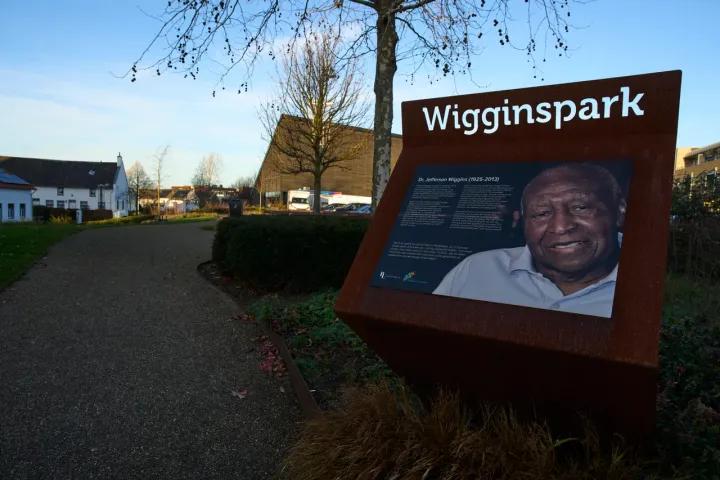By Staff Reporter
Muslim pilgrims have trooped to Saudi Arabia's Mount Arafat on Tuesday for the climax of the annual hajj pilgrimage. The 2023 Hajj is the biggest after three years of Covid-19 restrictions.
Saudi authorities had said more than 2.5 million pilgrims were expected to perform the Hajj. Worshippers recite Qur'anic verses on the rocky rise, where the Prophet Muhammad is believed to have given his final sermon.
Performing rituals at Mount Arafat is a compulsory part of the pilgrimage. It is one of the most physically challenging activities in Hajj, as pilgrims spend several hours praying and reciting the Qur'an on the Mount Arafat and in the surrounding area usually amid high temperatures.
Temperatures rose to 46 degrees celsius (113 Fahrenheit) on Monday as worshippers shielded by umbrellas journeyed from Mecca to Mina, where they slept in one of the largest tent cities in the world before the rites at Mount Arafat.
At sunset pilgrims travel the short distance from the Mount Arafat to Muzdalifah, a plain, halfway between Arafat and Mina, to sleep in the open air.
After the Arafat, pilgrims collect pebbles to be used in the symbolic stoning of pillars representing the devil back in Mina.
Hajj is a deeply moving spiritual experience for pilgrims which absolves sins, brings them closer to God and unites the world's about two billion Muslims. Some spendyearssaving upmoneyandwaitingfor a permit to embark on the journey.
It is one of the world's largest religious gatherings. It brings Muslims - the young and the elderly, the rich and the poor - from around the world together.
In recent years, the Covid-19 pandemic has significantly affected the number of pilgrims with only 1,000 pilgrims - all residents of Saudi Arabia - allowed to perform Hajj.
In 2021, the number rose to 60,000 pilgrims with limited foreign visitors and to one million last year. But this year, Covid-19 restrictions have been lifted with no social distancing and wearing of face masks and a full-capacity Hajj is being performed.
A maximum age limit of 65 years has also been removed, giving thousands of elderly the chance to attend the Hajj which is required of Muslims to perform at least once in their life time.
After the Arafat and hurling of the pebbles, the last stop is back at Mecca's Grand Mosque, where Muslims perform a final circumambulation of the Kaaba, the giant black cube that Muslims worldwide pray towards each day.
During the pilgrimage, all men are required to wear simple white robes without any stitching, a rule aimed symbolising the equality of the rich and the poor begore Allah.
Women must forego beauty products and cover their hair but have more latitude to wear fabrics from their native countries, resulting in a colorful display of Islam’s multiculturalism.
The Saudi authorities have provided helicopters buzzing overhead for surveillance and thousands of health workers and ambulances to attend to medical emergencies.
Due to the weather, many pilgrims often opt for wide-brimmed straw hats and umbrellas of every colour are common.
At the end of the Hajj, the festival of Eid al Adha is celebrated by Muslims around the world.
For those who can afford, they are expected to slaughter livestock like rams, cattle and camels as a sacrifice and then distribute parts of the meat to the poor.
























